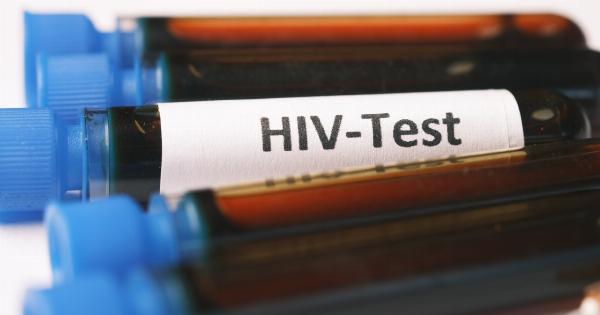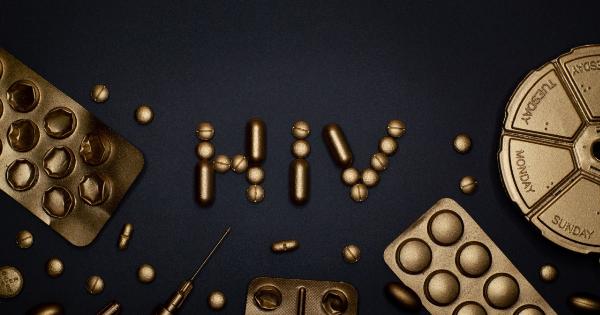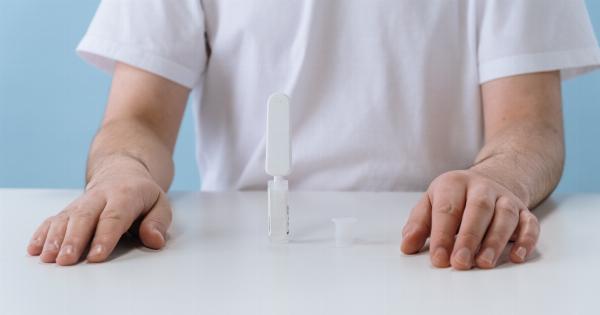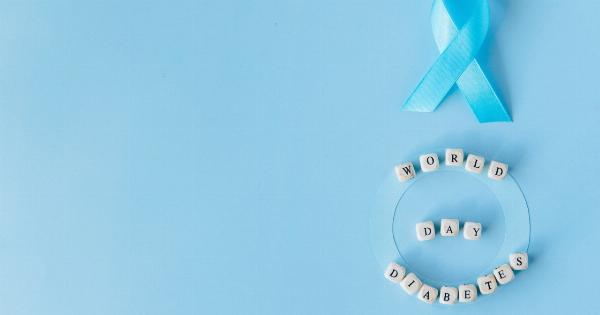AIDS (Acquired Immunodeficiency Syndrome) is a devastating disease that affects millions of people worldwide. One of the high-risk groups for HIV/AIDS transmission is intravenous drug users.
Sharing needles and engaging in risky sexual behaviors contribute to the spread of the virus among drug users. However, the reduction in AIDS cases among drug users is a success story that can be attributed to the efforts of OKANA (Organization Against Narcotics Abuse).
OKANA’s Approach to HIV Prevention
OKANA is a non-governmental organization that focuses on harm reduction strategies to prevent drug addiction and related health issues, including HIV/AIDS.
The organization operates in several countries and has successfully implemented various programs targeted at drug users.
1. Needle and Syringe Exchange Programs
One of the key interventions by OKANA is the establishment of needle and syringe exchange programs (NSPs).
These programs allow drug users to exchange used needles and syringes for sterile ones, reducing the risk of HIV transmission through shared injecting equipment. By providing access to clean needles, OKANA has significantly contributed to the reduction in HIV/AIDS cases among drug users.
2. Distribution of Condoms
OKANA also actively promotes safe sex practices among drug users. Along with its NSPs, the organization distributes condoms to drug users to encourage protected sexual activities.
This dual approach of addressing both injection and sexual transmission has been instrumental in curbing the spread of HIV/AIDS in this vulnerable population.
3. Outreach and Education
OKANA recognizes the importance of outreach and education in preventing HIV/AIDS among drug users.
The organization conducts regular outreach programs to reach out to those who are at risk and provide them with information on safe drug use practices, harm reduction techniques, and HIV testing opportunities. By raising awareness and educating drug users, OKANA empowers them to make informed decisions about their health and reduce their risk of acquiring HIV/AIDS.
4. Access to HIV Testing and Treatment
OKANA ensures that drug users have easy access to HIV testing and treatment facilities. The organization partners with healthcare providers to offer confidential and free testing services, allowing drug users to know their HIV status.
In case of a positive diagnosis, OKANA supports drug users in accessing appropriate medical care and antiretroviral treatment. Early diagnosis and prompt treatment not only improve the health outcomes for individuals but also reduce the chances of further HIV transmission.
5. Peer Support and Counseling
OKANA recognizes the role of peer support in the journey towards recovery and prevention of HIV/AIDS. The organization employs trained peer counselors who have their own experience with drug addiction and recovery.
These counselors provide emotional support, guidance, and understanding to drug users, helping them navigate the challenges associated with addiction and reducing the likelihood of relapse and high-risk behaviors that can contribute to HIV transmission.
Measuring the Success: Reduction in AIDS Cases
The efforts of OKANA have yielded significant results in reducing the number of AIDS cases among drug users.
A study conducted by an independent research institution found that the implementation of OKANA’s harm reduction programs led to a notable decline in HIV prevalence among drug users.
1. Decreased HIV Transmission Rates
Through the provision of clean needles, condoms, and education, OKANA has successfully lowered the rate of HIV transmission among drug users.
The study revealed a substantial decrease in new HIV infections within this population, indicating the effectiveness of OKANA’s initiatives in preventing the spread of the virus.
2. Increased HIV Testing Rates
OKANA’s focus on providing accessible and confidential HIV testing services has resulted in a significant increase in testing rates among drug users.
By normalizing and reducing the barriers to testing, the organization has motivated drug users to undergo regular HIV tests, ensuring early detection and timely intervention.
3. Improved Health Outcomes
With the provision of access to HIV treatment and care, OKANA has improved the health outcomes of drug users living with HIV/AIDS. Antiretroviral therapy has extended the lifespan of individuals and enhanced their quality of life.
By supporting drug users on their journey to recovery and by prioritizing their healthcare needs, OKANA has played a pivotal role in improving the overall well-being of this marginalized population.
Challenges Faced and Future Perspectives
While OKANA’s achievements in reducing AIDS cases among drug users are commendable, the organization faces ongoing challenges in sustaining and expanding their programs.
Financial constraints, stigma associated with drug use, and limited access to healthcare facilities are some of the obstacles encountered by OKANA.
1. Funding
As a non-governmental organization, OKANA relies heavily on grants and donations to fund its operations.
Securing consistent funding can be a challenge, potentially hindering the organization’s ability to reach more drug users and provide them with essential harm reduction services.
2. Stigma and Discrimination
The stigma surrounding drug use often prevents individuals from seeking help and accessing HIV prevention services.
OKANA continues to face the challenge of tackling this stigma, working towards creating an environment where drug users feel safe and supported in their journey towards a healthier lifestyle.
3. Limited Healthcare Infrastructure
In some regions, limited healthcare infrastructure poses a significant challenge in delivering HIV testing and treatment services to drug users.
OKANA collaborates with local healthcare providers to address this issue, but the lack of adequate facilities and human resources can limit the organization’s reach.
The Way Forward
Despite the challenges, OKANA remains committed to its mission of reducing AIDS cases among drug users. The organization aims to expand its harm reduction programs and improve access to essential services.
1. Advocacy and Policy Reform
OKANA actively advocates for policy reforms aimed at supporting harm reduction strategies and addressing the needs of drug users.
By engaging with policymakers and raising awareness about the importance of harm reduction, the organization aims to create an enabling environment for its programs to flourish.
2. Strengthening Partnerships
OKANA recognizes the significance of collaboration with government bodies, healthcare providers, and other stakeholders.
By strengthening partnerships, the organization can leverage collective resources and expertise to increase the reach and impact of its initiatives.
3. Integrated Approach for Holistic Care
OKANA aims to integrate its harm reduction programs with comprehensive healthcare services, including mental health support, substance abuse treatment, and vocational training.
By addressing the multifaceted needs of drug users, the organization aspires to empower individuals to reclaim their lives and reduce their vulnerability to HIV/AIDS.
Conclusion
The success story of OKANA’s efforts in reducing AIDS cases among drug users highlights the importance of harm reduction strategies in mitigating the impact of HIV/AIDS.
Through needle and syringe exchange programs, condom distribution, outreach, and education, OKANA has made significant strides in preventing HIV transmission and improving the health outcomes of drug users. However, ongoing challenges such as funding, stigma, and healthcare infrastructure need to be addressed to sustain and expand these programs, ensuring the continued success of HIV prevention among this vulnerable population.



























